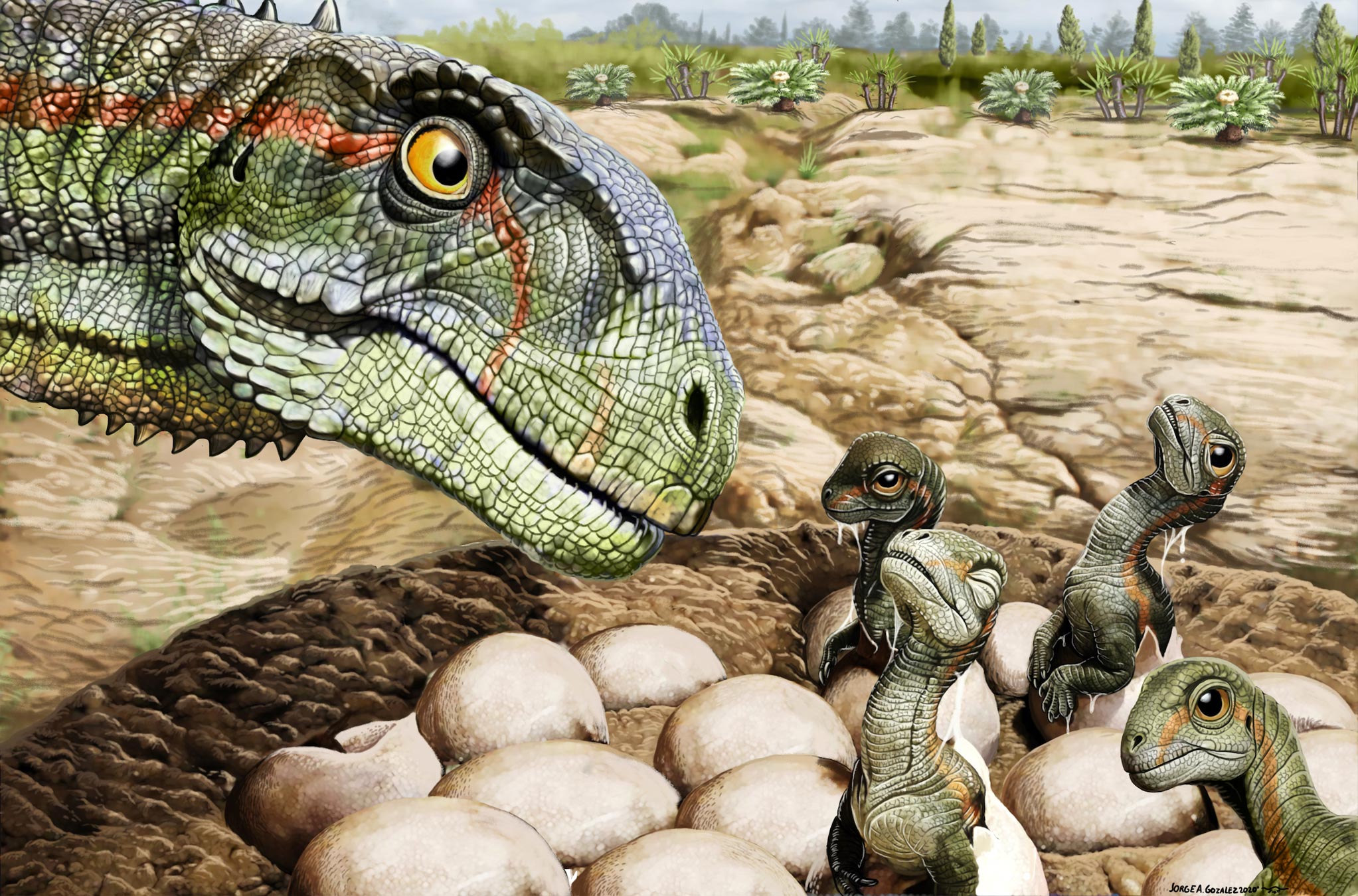
The team’s results represent the earliest evidence of social herding among dinosaurs.
Living in herds may have given Mussaurus and other social sauropodomorphs an evolutionary advantage.“We’ve now observed and documented this earliest social behavior in dinosaurs,” Ramezani says.Since 2013, paleontologists on the team have worked in the Laguna Colorada Formation, a site in southern Patagonia that is known for bearing fossils of early sauropodomorphs?When scientists first discovered fossils within this formation in the 1970s, they named them Mussaurus for “mouse lizard,” as they assumed the skeletons were of miniature dinosaurs.
The name stuck, however, and the team has continued to unearth a rich collection of Mussaurus fossils from a small, square kilometer of the formation.
Using X-ray imaging, the scientists scanned eggs to discover preserved embryo skeletons, which they used to confirm the fossils as members of the plant-eating dinosaur, Mussaurus patagonicus.The fossils they have identified so far were found in three sedimentary layers spaced close together, indicating that the region may have been a common breeding ground where the dinosaurs returned regularly, perhaps to take advantage of favorable seasonal conditions.The team wondered: Could these dinosaurs have been herding from early on.
“People already knew that in the late Jurassic and Cretaceous, the large herbivore dinosaurs exhibited social behavior — they lived in herds and had nesting spots,” Ramezani says.Since the volcanic ash was found in the same sediment layers as the fossils, Ramezani’s analyses strongly suggest that the dinosaurs were buried at the same time the ash was deposited.Taken together, the team’s results show that Mussaurus and possibly other dinosaurs evolved to live in complex social herds as early as 193 million years ago, around the dawn of the Jurassic period.“Evidence suggests that Mussaurus optimized foraging potentials during the early Jurassic via age-based social partitioning — neonates, juveniles, and adults apparently foraged, and perished, in age-based groups,” says Raymond Rogers, a professor of geology at Macalester College, who was not involved in the study.Scientists suspect that two other types of early dinosaurs — Massospondylus from South Africa and Lufengosaurus from China — also lived in herds around the same time, although the dating for these dinosaurs has been less precise.If multiple separate lines of dinosaurs lived in herds, the researchers believe the social behavior may have evolved earlier, perhaps as far back as their common ancestor, in the late Triassic.
“This is the earliest confirmed evidence of gregarious behavior in dinosaurs.
But paleontological understanding says, if you find social behavior in this type of dinosaur at this time, it must have originated earlier.”.
